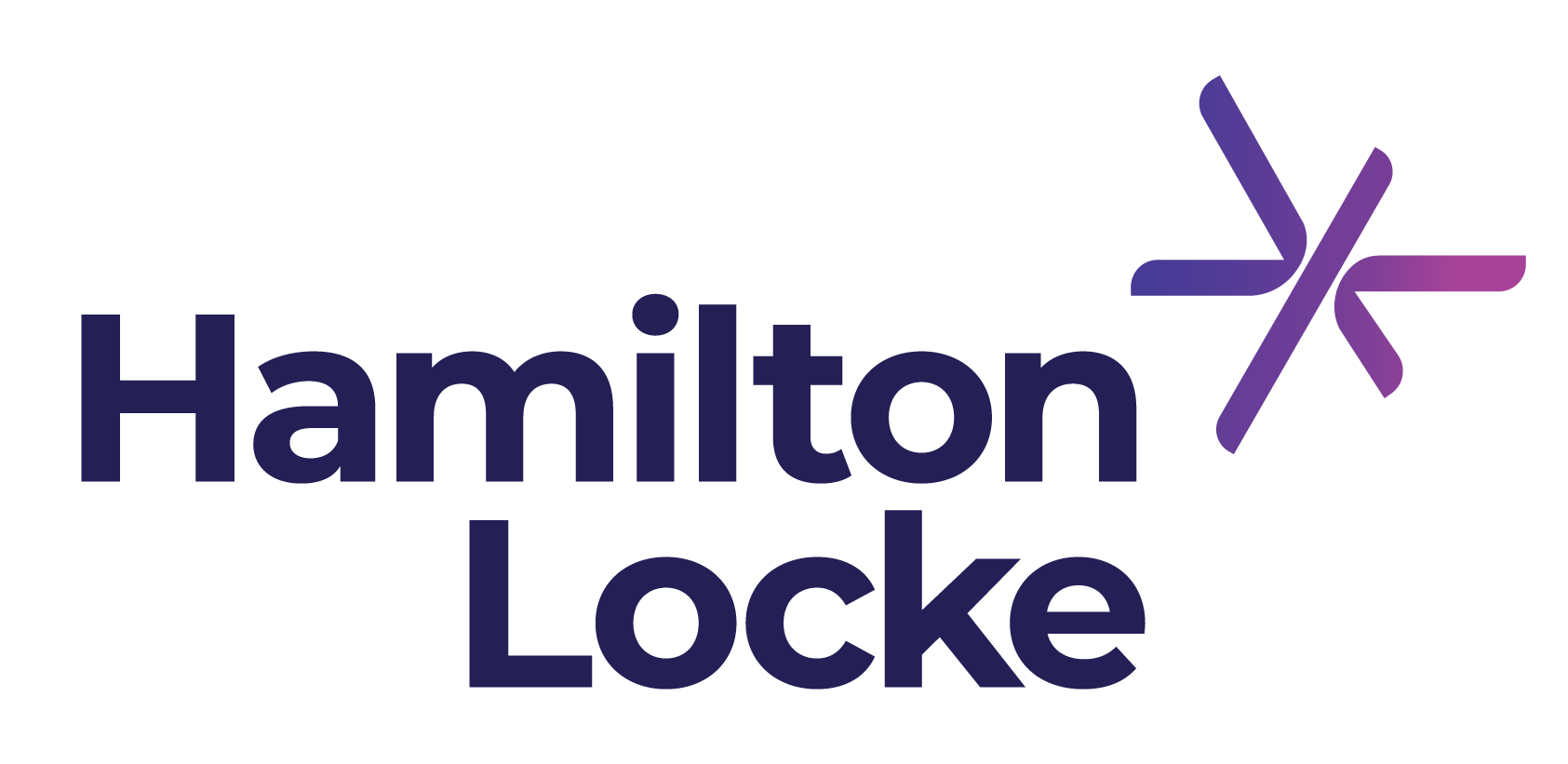STARTing UP…HOW TO GET TO MARKET SOONER!
Published on Mar 25, 2020

So you’ve got an awesome idea, MVP or full product/service offering and are eager to disrupt the market… but don’t know how you’re regulated or how to comply?
I’m not surprised! The Australian regulatory landscape is complex and can favour incumbents and the big end of town. Start-ups often find regulatory requirements confusing and an impediment to challenging the status quo and doing things better, different, faster and in a more customer-centric way.
It can all seem bigger than Ben-Hur at times. Don’t fear – this blog has your back! It looks at the two things you can do from a regulatory perspective to narrow down what requirements apply to you and ensure you comply on day 1.
Step 1: Access expert knowledge
There are some places you can access expertise:
- Your local start-up community: Incubators, hubs and VC funds have broad and deep experience in the fintech space. They may also know whether your business may be regulated and who you can contact for help.
- ASIC Innovation Hub: While they can’t tell you whether your business will be regulated, the ASIC Innovation Hub can point you in the right direction. This may involve directing you to the relevant ASIC guidance, which is helpful but only takes you so far. Why? Because most ASIC guidance requires you to make a judgement call about whether it applies to your situation. This often requires specialist legal or compliance expertise.
- APRA and AUSTRAC: These regulators don’t have dedicated fintech hubs but they can give you helpful guidance on regulatory requirements and compliance.
- Specialist lawyers and compliance experts: While they’re not usually the first port of call, specialists can help you work out whether your business is regulated and how. The earlier you bring them into the fold the better as their advice can shape your offering and go to market strategy. By advising you on what regulations apply and what strategies will work best for your business, you can avoid having to make major changes to your business structure, product/service model and distribution channel.
Step 2: Know your options
If your business will be regulated and needs a regulatory licence, approval or registration, you have a number of options:
1. Get your own licence: This option gives you the greatest flexibility and control but can be quite costly and time consuming. The application process can be quite finicky and detailed. It can also take up to 6 - 12 months to get an Australian financial services licence (AFSL) and 4 - 6 months for an Australian credit licence (ACL).
2. White label someone else’s product: Partner with an incumbent and act as their distributor. You may need to be appointed as a representative or access some other option. This option works well for banking, insurance and super products. It’s also a fast way to market with minimum regulatory investment. The main con is that you may find an incumbent’s regulatory framework is not fit for purpose and can be quite onerous. This can be a challenge if you’re looking for a healthy risk appetite, agility, autonomy and flexibility.
3. Become a representative: This is where you act on behalf of someone who already has a licence. It can work for both financial services and credit but the mechanics work slightly differently. Similar to option 2, this doesn’t provide you much flexibility and relies on a helpful, resourceful and clued up licensee.
4. Access an exemption: There are some exemptions for financial services and credit activities. For example, the intermediary authorisation which is available to product issuers dealing through someone else who holds an AFSL. These exemptions may let you establish your business and build experience and momentum before getting your own licence.
5. ASIC Regulatory Sandbox: Recent changes have expanded the scope of the regulatory sandbox. They allow fintechs to test certain products and services without needing to hold an AFSL or ACL for a limited period. To date, this option hasn’t been used much. Hopefully, the recent expansion will change this. A couple of caveats with this option: First, it isn’t a long term solution. It is designed for testing. So if you’re looking at alpha or beta testing, this option may work for you. If you’re looking for a longer term solution, this is not it. Second, it also has limited utility – not all products/services are covered and there are financial exposure and customer limitations that will limit activities and may impact your product lifecycle and funding runway.
The regulatory space can be tricky for start-ups. It would be great if it was designed to encourage and foster self-help, but we’re not there yet. In the meantime, regulatory geeks like us can help you work out if and how your business is regulated so you can get to market quickly and seamlessly. If you’d like help getting your start-up to market, get in touch. We’d be happy to help.
March 2020


